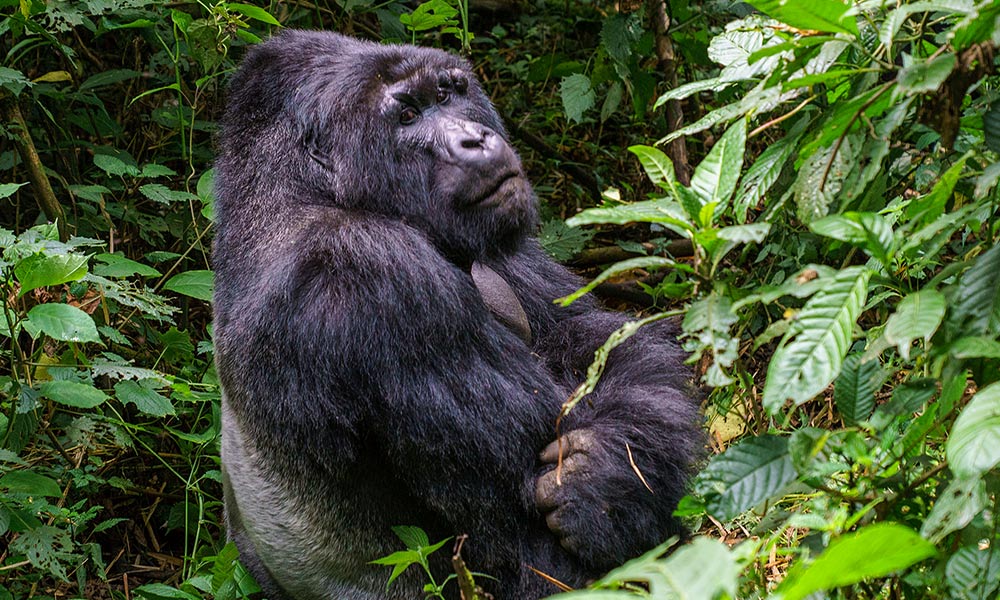Insects are the most numerable species on earth with over 1 million known species, they account for 75% of all living animals on our planet, and new varieties are being discovered every year. Some entomologists (biologists who study insects) believe there could be as many as 5 million species worldwide, and that we have only discovered a tiny proportion of them so far. In Southern Africa alone, there are over 80,000 insect species.
Despite their ‘creepy crawly’ reputation, they are very important animals in our ecosystems, and they are responsible for pollinating two thirds of all flowering plants. All insects have a body divided into three parts, with two antennae, and six legs. They are both carnivorous and herbivorous, many have wings, and they communicate in a variety of methods, including chemical, visual, tactile and auditory communication.
As there are 30 insect orders in Southern Africa, we will give a summary of just a few of the more common orders you are likely to encounter in the bush.
Termites – Isoptera
The termite mounds are characteristic sites in the African bush. The mounds are started by a single pair of winged mates, who dig a tunnel and breed. Termite colonies grow to sizes of millions of individuals, each with a different rank and role (polymorphic). It is thought that the colony works almost like a single living organism, each individual working to the greater good of the whole. They are extremely important for the ecology of the bush, as they condition the soil, and provide food for predators.
Ants, Bees and Wasps – Hymenoptera
Ants, bees and wasps are all related within the same order, totalling over 100,000 species between them. They all have a very thin joining section between the abdomen and thorax, which appears like a thin ‘waist’, most apparent in ants and wasps.
They are ecologically significant insects as they all have a major positive impact on plant pollination and ants help improve soil quality and water drainage. They are the gardeners of the insect world.
Bugs – Hemiptera
This is a large order of insects with over 67,000 species known worldwide. Their common characteristic is that they all have wings that overlap each other, as opposed to beetles which have wings that meet exactly in the centre of their backs.
Beetles – Coleoptera
The beetles are incredibly numerous and account for over 300,000 species worldwide, making them the most numerous order of any animal on earth. They all have hard outer coverings, and wings underneath these coverings, but not all beetles are able to fly. In fact the name Coleoptera means ‘sheathed wing’. Most beetles are herbivorous but there are also carnivorous species.
Cockroaches – Blattodea
Although similar in appearance to many beetles and bugs, the cockroaches are classified in their own order. They are incredibly hardy insects, able to survive for a month without food, and can even hold their breath underwater for up to 45 minutes. They are omnivorous scavengers and will eat anything they can digest.
Dragonflies and Damselflies – Odonata
These are commonly encountered around the pools at bush lodges, and of course around natural water bodies in the bush. Some are very colourful. They are all carnivorous, catching smaller insects in flight. The dragonflies (Anisoptera) lay their eggs on the surface of the water, whilst the damselflies (Zygoptera) lay eggs in underwater plant stems. None of these species are capable of stinging.
Moths and Butterflies – Lepidoptera
There are 150,000 species of this order worldwide. The difference between a butterfly and a moth is that butterflies fold their wings vertically above their backs, holding them together, whereas moths fold their wings flat on either side, like an aeroplane.
Another difference can be seen in the antennae, with moths featuring a more feathery branched antennae, whereas butterflies have simpler ones. Moths communicate with each other via pheromone which they release, and other moths can detect this from several miles away.
There are a few theories as to why moths are attracted to artificial lights at night, but the prevailing theory suggests that it’s because they use light to navigate – usually the moon. When using the moon, as it’s always in a fixed position and so far away, they are able to fly about, keeping it as a static reference. But when they come into view of artificial light, it throws their navigation into disarray and instead of being able to fly towards it as they can with the moon, they find themselves bumping into it.
Flies – Diptera
These insects need little introduction, as they are cause for much irritation amongst humans and other animals! The most significant fly species in Africa is the mosquito, which is still responsible for more human deaths than any other animal.
All flies have one pair of wings, and they undergo a metamorphosis from maggot to adult, with mosquito larvae being aquatic, whilst other species feed on dung, plant matter and decaying flesh.








